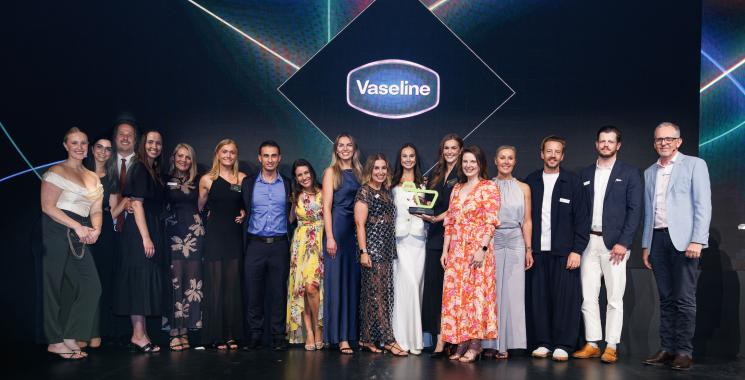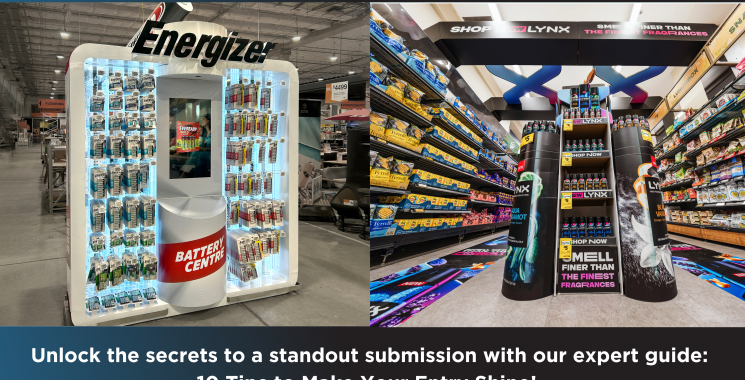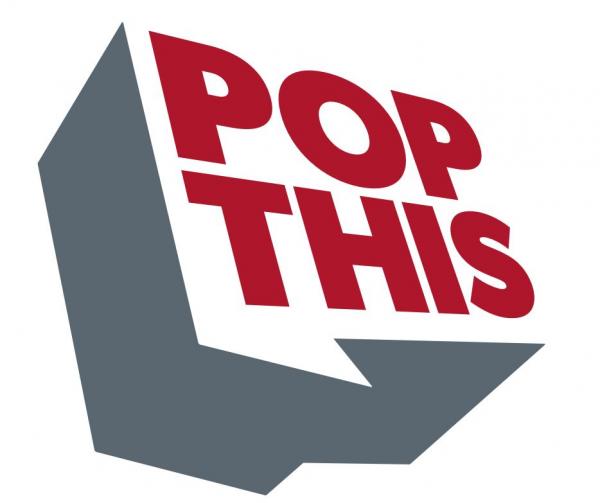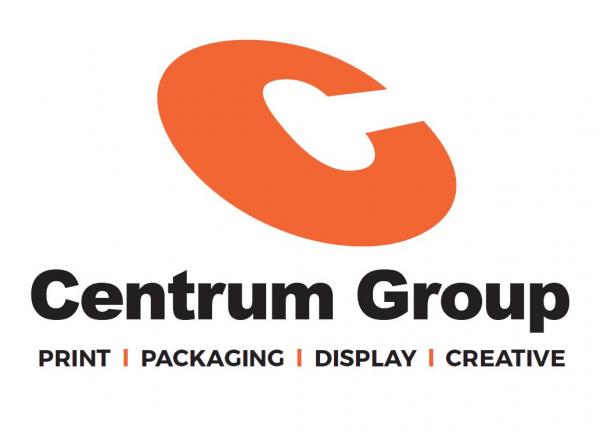
Strategies for Building Retail Brands
Even if they’ve been able to lead a successful brand for many years, seasoned biz development executives need to keep an open mind when it comes to trusting in some of the current retail trends. They can be smart ways to introduce your brand to people who are unfamiliar with your products and services.
Before you dive in head first, however, make sure you understand what your current customers want as well. Here are 13 suggestions that will give your brand more exposure.
1. Focus On The Product Experience
The clear differentiated strategy is investing in product experiences. There are three assets every company has, and without these, they simply do not exist: customer experience (CX), employee experience (EX) and product experience (PX). It’s the third asset that has been overlooked, and now is the time to change that. The results are undeniable—focusing on the PX strategy yields higher sales with fewer returns and happier employees.
2. Learn How To Meet Your Customers' Needs Effectively
As consumers prioritise value and convenience, brands must double down on highlighting these qualities across marketing efforts to stand out and compete. Lean into customer insights to understand what your shoppers are looking for—whether that is value, convenience or quality. Enhance your promotions and offerings to meet their needs effectively and fuel long-lasting customer relationships.
3. Introduce Omnichannel Retailing Across Biz Platforms
One key retail trend that biz dev development leaders can implement is omnichannel retailing. It will ensure consistent brand messaging across all channels like physical stores, websites and social media. Exploit the power of data analytics to gain insights into customer behavior, preferences, purchasing behavior and more, and implement AI and GenAI algorithms to suggest relevant products to customers.
4. Leverage Partnerships With Influencers
One trend is leveraging influencer partnerships to expand brand reach. Identify influencers aligned with your brand values and target audience. Collaborate on authentic content creation to amplify brand visibility across diverse platforms. Tracking metrics to assess ROI ensures effective utilisation of this strategy.
5. Increase Brand Exposure At Events
Business development and marketing leaders can increase brand exposure by integrating into events. Participating in events can enhance visibility as well as build a connection to potential customers on a personal level. The key is to participate in events that closely match one's targeted audience. Investing in this retail trend will help a brand stay relevant in a competitive market.
6. Immerse The Buyer In An Engaging Brand Environment
One compelling trend is creating experiences that immerse the buyer in an engaging environment. There are opportunities to engage a buyer throughout the journey by creating personalised touch points along the way, introducing them to brands and products they may not have thought of. It only takes a few seconds to influence a buyer if done correctly.
7. Ensure Data Security To Protect Your Business And Customers' Information
Augmented reality would be top of mind for many senior retail executives, but one thing not gaining as much attention as it should is the fact that organised retail crime (ORC) is at an all-time high, so brands do need to double down on their efforts in ensuring customers’ data and critical information is secure 100% of the time. The brands that creatively convey this will have a massive advantage.
8. Engage In SMS Messaging To Communicate With Clients
SMS messaging is the newest fad in e-commerce. For instance, order confirmation emails can also serve as cross-sell and upsell opportunities. With a 95% open rate, special offers, last-minute deals and related items have a higher potential to make ground with consumers who have already converted.
9. Personalise Your Outreach Methods
The key is hyper-personalisation. Each customer wants to feel unique. Delight the customer at every touch point across all channels—online, social, in-store, offline and print. This could be as simple as personalised, customised and highly relevant interactions to the buying journey of the customer. Social communities and building advocacy are other effective ways to drive effectiveness.
10. Reduce Your Brand's Carbon Footprint
Business leaders must strive to develop a greener retail landscape with sustainable practices such as eco-friendly packaging, low-carbon objects and an energy-efficient supply chain. Reducing the carbon footprint is becoming a "cool" trend that attracts consumers. Besides enhancing brand exposure, it will also create a positive brand impression due to the ethical connotations associated with it.
11. Demonstrate The Authenticity Of Your Brand's People
Unpolished content, whether user-generated or from members of the organisation, is on the rise and tends to be more potent than the buttoned-up, glossy marketing of the past. People are craving real, and if you can give them insight into the real people behind a business or encourage delighted users to share their stories in their voice, you'll win.
12. Create Magical Environments Through AR And VR Retail Visits
Integrating augmented reality (AR) and virtual reality (VR) into retail strategies is like adding a touch of magic to the overall shopping experience. AR and VR let customers visualise products in their environment, try them on virtually and create memorable experiences. Nurturing such experiences with the customer builds brand awareness and establishes long-term brand loyalty, leaving a lasting impression in the customer's mind.
13. Embrace TikTok Shop
One retail trend that business development leaders can leverage for increased brand exposure is embracing TikTok Shop. While more seasoned business owners might be hesitant to dive into newer platforms, it's important to recognise where consumer behaviors are heading, especially among younger demographics. Increasingly, younger generations are opting to shop on TikTok over traditional retailers.











